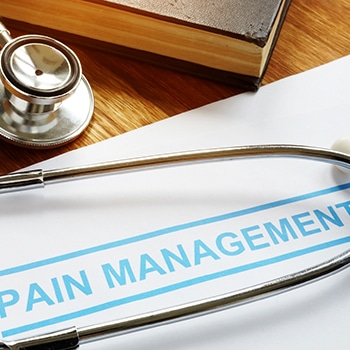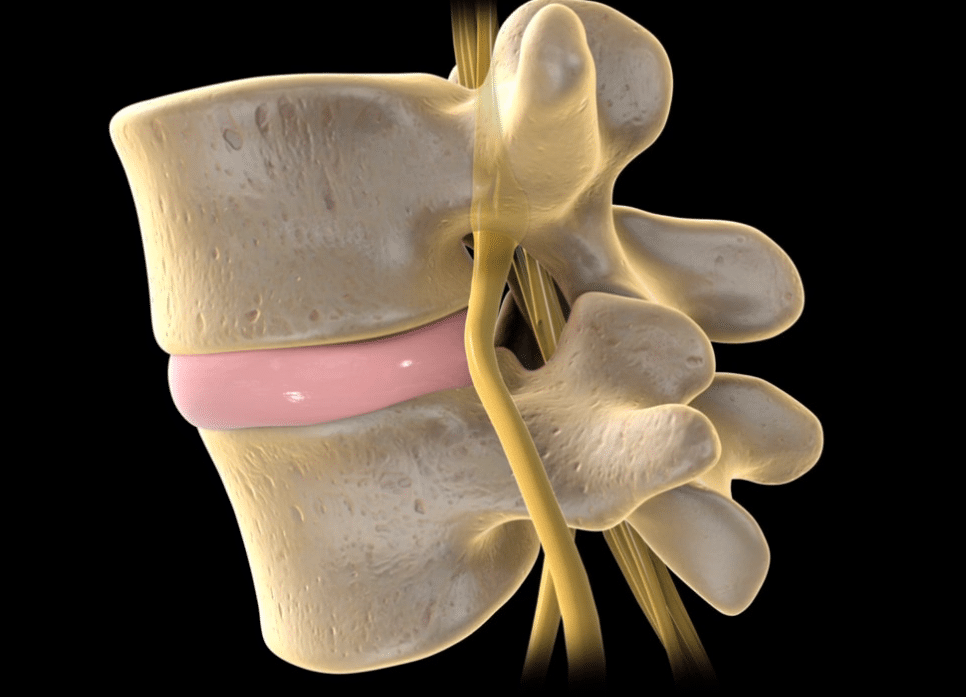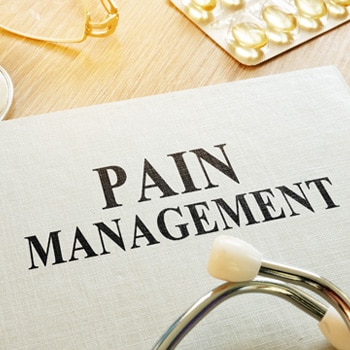Activities | Nursing Resources | Animations | Blog | Patient Education Hub
Specialty Opioid Education Hubs
Welcome to the Nursing Opioid Education Hub
 This Opioid Education Hub is dedicated to the educational needs of nursing health care providers and their patients. Nurses and nurse practitioners are important stakeholders in responsible prescribing of opioids and compassionately meeting the needs of patients in pain. Key impact areas include taking a detailed history and assessing risk associated with family history of substance use, psychiatry illness, and history of sexual trauma or abuse. For individuals prescribed opioids, follow-up, monitoring, and referral to a pain specialist or for further follow-up if there is reason to believe an opioid use disorder has developed is essential. As with any chronic disease, evidence-based pain management must be central to nursing practice. Finally, as frontline health care provider, patient education about their medicine, safe disposal or opioids, and protections against diversion are best practices for patient care.
This Opioid Education Hub is dedicated to the educational needs of nursing health care providers and their patients. Nurses and nurse practitioners are important stakeholders in responsible prescribing of opioids and compassionately meeting the needs of patients in pain. Key impact areas include taking a detailed history and assessing risk associated with family history of substance use, psychiatry illness, and history of sexual trauma or abuse. For individuals prescribed opioids, follow-up, monitoring, and referral to a pain specialist or for further follow-up if there is reason to believe an opioid use disorder has developed is essential. As with any chronic disease, evidence-based pain management must be central to nursing practice. Finally, as frontline health care provider, patient education about their medicine, safe disposal or opioids, and protections against diversion are best practices for patient care.

 The Addiction Policy Forum is a nationwide nonprofit organization dedicated to eliminating addiction as a major health problem. Our national headquarters are located in Washington, DC with resources and services in every state.
The Addiction Policy Forum is a nationwide nonprofit organization dedicated to eliminating addiction as a major health problem. Our national headquarters are located in Washington, DC with resources and services in every state.
Why are Drugs So Hard to Quit?

The Disease Model of Addiction

Naloxone Administration

Naloxone Facts

Addiction & the Brain

Teens
Operation Prevention – Parent Toolkit
College Students

 [themo_button text=”Participate Now” url=”https://cmeo.mycrowdwisdom.com/diweb/catalog/item?id=4533106″ type=”standard” target=”_blank”]
[themo_button text=”Participate Now” url=”https://cmeo.mycrowdwisdom.com/diweb/catalog/item?id=4533106″ type=”standard” target=”_blank”] [themo_button text=”Participate Now” url=”https://cmeo.mycrowdwisdom.com/diweb/catalog/item?id=3389530″ type=”standard” target=”_blank”]
[themo_button text=”Participate Now” url=”https://cmeo.mycrowdwisdom.com/diweb/catalog/item?id=3389530″ type=”standard” target=”_blank”] [themo_button text=”Participate Now” url=”https://www.cmeoutfitters.com/time-to-listen-what-the-experts-have-to-say-about-safe-opioid-prescribing-and-addiction-treatment/” type=”standard” target=”_blank”]
[themo_button text=”Participate Now” url=”https://www.cmeoutfitters.com/time-to-listen-what-the-experts-have-to-say-about-safe-opioid-prescribing-and-addiction-treatment/” type=”standard” target=”_blank”] [themo_button text=”Participate Now” url=”https://www.cmeoutfitters.com/addressing-the-opioid-epidemic-reducing-the-burden-of-pain-in-a-changing-treatment-landscape/” type=”standard” target=”_blank”]
[themo_button text=”Participate Now” url=”https://www.cmeoutfitters.com/addressing-the-opioid-epidemic-reducing-the-burden-of-pain-in-a-changing-treatment-landscape/” type=”standard” target=”_blank”] [themo_button text=”Participate Now” url=”https://www.cmeoutfitters.com/addressing-the-opioid-epidemic-part-2-new-approaches-to-safe-and-effective-pain-management/” type=”standard” target=”_blank”]
[themo_button text=”Participate Now” url=”https://www.cmeoutfitters.com/addressing-the-opioid-epidemic-part-2-new-approaches-to-safe-and-effective-pain-management/” type=”standard” target=”_blank”] [themo_button text=”Participate Now” url=”https://www.cmeoutfitters.com/addressing-the-opioid-epidemic-principles-of-communication-and-recognizing-patient-needs/” type=”standard” target=”_blank”]
[themo_button text=”Participate Now” url=”https://www.cmeoutfitters.com/addressing-the-opioid-epidemic-principles-of-communication-and-recognizing-patient-needs/” type=”standard” target=”_blank”] [themo_button text=”Participate Now” url=”https://cmeo.mycrowdwisdom.com/diweb/catalog/item?id=3395052″ type=”standard” target=”_blank”]
[themo_button text=”Participate Now” url=”https://cmeo.mycrowdwisdom.com/diweb/catalog/item?id=3395052″ type=”standard” target=”_blank”] [themo_button text=”Participate Now” url=”https://cmeo.mycrowdwisdom.com/diweb/catalog/item?id=3141809″ type=”standard” target=”_blank”]
[themo_button text=”Participate Now” url=”https://cmeo.mycrowdwisdom.com/diweb/catalog/item?id=3141809″ type=”standard” target=”_blank”] [themo_button text=”Participate Now” url=”https://cmeo.mycrowdwisdom.com/diweb/catalog/item?id=3152591″ type=”standard” target=”_blank”]
[themo_button text=”Participate Now” url=”https://cmeo.mycrowdwisdom.com/diweb/catalog/item?id=3152591″ type=”standard” target=”_blank”] [themo_button text=”Participate Now” url=”https://cmeo.mycrowdwisdom.com/diweb/catalog/item?id=2414037″ type=”standard” target=”_blank”]
[themo_button text=”Participate Now” url=”https://cmeo.mycrowdwisdom.com/diweb/catalog/item?id=2414037″ type=”standard” target=”_blank”] [themo_button text=”Participate Now” url=”https://cmeo.mycrowdwisdom.com/diweb/catalog/item?id=3431729″ type=”standard” target=”_blank”]
[themo_button text=”Participate Now” url=”https://cmeo.mycrowdwisdom.com/diweb/catalog/item?id=3431729″ type=”standard” target=”_blank”] [themo_button text=”Participate Now” url=”https://cmeo.mycrowdwisdom.com/diweb/catalog/item?id=4689432″ type=”standard” target=”_blank”]
[themo_button text=”Participate Now” url=”https://cmeo.mycrowdwisdom.com/diweb/catalog/item?id=4689432″ type=”standard” target=”_blank”] [themo_button text=”Participate Now” url=”https://cmeo.mycrowdwisdom.com/diweb/catalog/item?id=4689443″ type=”standard” target=”_blank”]
[themo_button text=”Participate Now” url=”https://cmeo.mycrowdwisdom.com/diweb/catalog/item?id=4689443″ type=”standard” target=”_blank”] [themo_button text=”Read Now” url=”https://www.cmeoutfitters.com/brainstorming-opioid-addiction-through-merged-perspectives-learnings-from-roundtable-discussions/” type=”standard” target=”_blank”]
[themo_button text=”Read Now” url=”https://www.cmeoutfitters.com/brainstorming-opioid-addiction-through-merged-perspectives-learnings-from-roundtable-discussions/” type=”standard” target=”_blank”] [themo_button text=”Read Now” url=”https://www.cmeoutfitters.com/from-analytics-to-understanding-a-look-into-our-3d-pain-animations-debut-at-cme-outfitters-opioid-epidemic-premiere-symposium/” type=”standard” target=”_blank”]
[themo_button text=”Read Now” url=”https://www.cmeoutfitters.com/from-analytics-to-understanding-a-look-into-our-3d-pain-animations-debut-at-cme-outfitters-opioid-epidemic-premiere-symposium/” type=”standard” target=”_blank”]